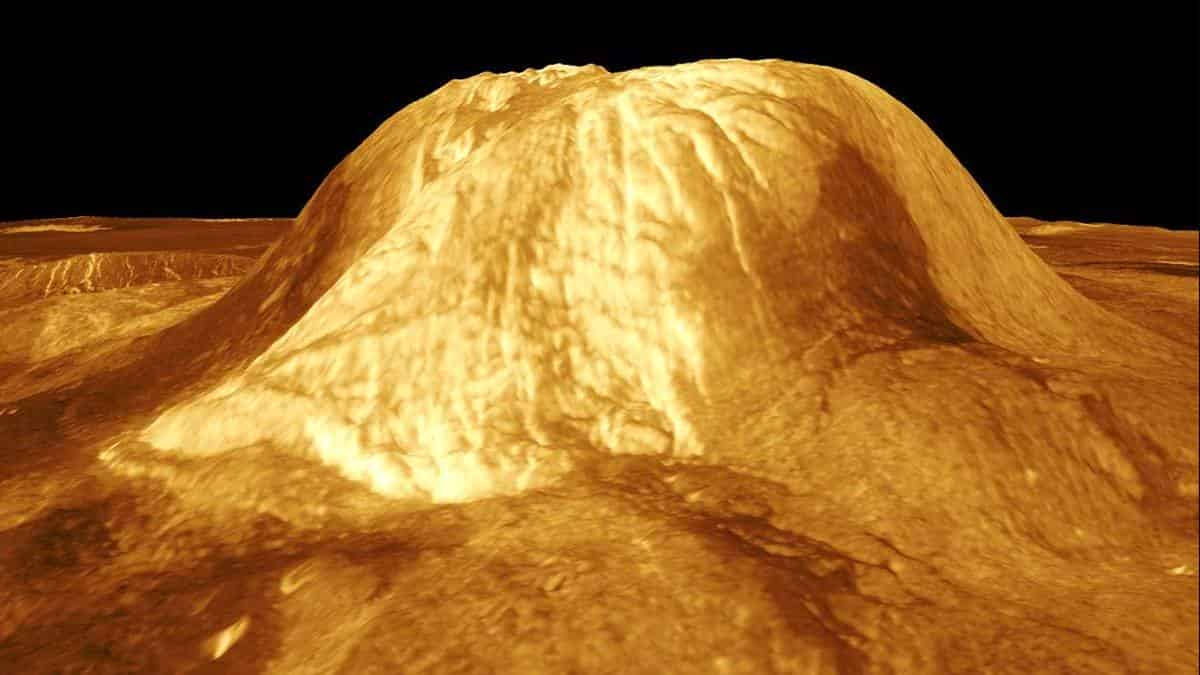Researchers recently discovered a total of 37 Active Volcanic structures on Venus

Researchers have distinguished 37 volcanic structures on Venus that give off an impression of being as of late dynamic – presumably still are today – painting the image of a topographically powerful planet and not a torpid world as since quite a while ago idea.
The examination concentrated on ring-like structures called coronae, brought about by an upwelling of hot stone from profound inside the planet’s inside, and gave convincing proof of across the board late structural and magma action on Venus’ surface, specialists said on Monday.
Numerous researchers since a long time ago had idea Venus, coming up short on the plate tectonics that continuously reshape Earth’s surface, was basically lethargic geographically for the past half billion years.
“Our work shows that a portion of that inside warmth is as yet ready to arrive at the surface even today. Venus is obviously not all that topographically dead or torpid as recently suspected,” said Earth and planetary researcher Anna Gülcher of the Institute of Geophysics in Zurich, lead creator of the examination distributed in the diary Nature Geoscience.
The specialists decided the sort of land includes that could exist just in an as of late dynamic crown – an obvious channel encompassing the structure. At that point they scoured radar pictures of Venus from NASA’s Magellan rocket during the 1990s to discover coronae that fit the bill. Of 133 coronae inspected, 37 seem to have been dynamic in the previous 2 million to 3 million years, a squint of the eye in geographical time.
“As I would see it, a significant number of these structures are for sure dynamic today,” said University of Maryland geophysicist and study co-creator Laurent Montesi.
Coronae are basically fields of magma streams and significant flaws spreading over a huge roundabout territory. Huge numbers of the 37 dwell inside in a monstrous ring in the planet’s Southern Hemisphere, including a monster crown called Artemis 1,300 miles (2,100 km) in distance across.
Venus, Earth’s nearest and just somewhat littler planetary neighbor, is secured by billows of sulfuric corrosive and has surface temperatures sufficiently hot to soften lead.

